Oil Refining Process, Oil Refining Technique, Oil Refining
- Model Number: 5-200T/D oil refinery
- color: red and white
- function: solvent extraction
- capacity: 5-200T/D
- phosphoric acid: 2~3kg/T oil
- electric consumption: 28kwh/T oil
- Bleaching earth consumption: 5~50Kg/Toil
- Waste bleaching earth oil content: <35%
- Deodorization loss consumption: ≤0.5%
- description: usage: crude oil refine
Main Oil Refining Process Degumming. In this process, water or acid are added to the oil. After a certain reaction period the gums can be separated either by settling or continuously by means of centrifuges.
The Three Stages of Oil Refining | Planète Énergies
- Model Number: RR20
- Type: rice bran oil refining equipment
- After-sales Service Provided: Engineers available to service machinery overseas
- purpose: cooking
- Description: cold and hot press
- Material: Stainless steel
- color: fresh bright
- smell: no objectional odor
- original: china
- technology: new technology
- cetificates: CE/BV
- type: rice bran oil refining equipment
- oil content: 18--21%
Liquefied petroleum gas (LPG) Combination of light hydrocarbons produced partly from the refining of crude oil (about 40%) and partly from the processing of natural gas.., also known as butane and propane, is used as an automotive fuel or packaged in bottles and used for household purposes. Gasoline and diesel are used as fuels for motor vehicles.
The Refining Process - How Oil Refining Works | HowStuffWorks
- Usage: cotton oil machinery
- Type: Cold & Hot Pressing Machine
- Automatic Grade: Automatic
- Production Capacity: 95%
- Model Number: QIYI-100
- Voltage: 380V
- Power(W): changed with the capacity
- Dimension(L*W*H): changed with the capacity
- Weight: changed with the capacity
- Certification: CE BV ISO
How Oil Refining Works. This process is called fractional distillation. You basically heat crude oil up, let it vaporize and then condense the vapor. Newer techniques use Chemical processing on some of the fractions to make others, in a process called conversion. Chemical processing, for example, can break longer chains into shorter ones.
Argentina's shale oil production growth pushes up refinery
- function: refining pure edible oil
- Raw material: crude soybean oil, sunfloweroil,corn oil, peanut oil
- Type: complete &semi-continuous equipment
- capacity: 1-600T/D
- Certification: ISO9001, CE
- Guarantee: 1 year
- product: refined cooking oil
- delivery time: 30 days after deposit
The play's output has been offsetting declines in conventional oil production, making it possible to reduce crude imports and now to step up run rates in refineries. Indeed, Vaca Muerta's production growth has allowed the country to halt crude imports, which have not been made in more than a year, and to begin to export crude, Neuquen Governor ...
The Refining Process - How Oil Refining Works | HowStuffWorks
- Usage: Sunflower Oil
- Type: Oil Refining Line
- Automatic Grade: Automatic
- Model Number: Continuously
- Certification: ISO9001
- After-sales Service Provided: Engineers available to service machinery overseas
- Main export countries: Asia,Africa,Latin American...
- Packaging: Glass Container,Plastic Container
- Grade: Second Grade
- Extraction Type: Solvent Extraction
How Oil Refining Works. This process is called fractional distillation. You basically heat crude oil up, let it vaporize and then condense the vapor. Newer techniques use Chemical processing on some of the fractions to make others, in a process called conversion. Chemical processing, for example, can break longer chains into shorter ones.
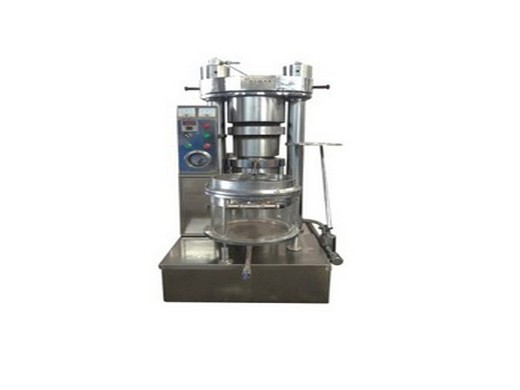
Refinery | Oil and Gas Downstream Refinery | Howden
Dewaxing is a process used in the production of lube oil and carried out using a solvent based or catalytic method. Catalytic dewaxing involves cracking of n-paraffins and compressed hydrogen is used to prevent coking.
GET PRICE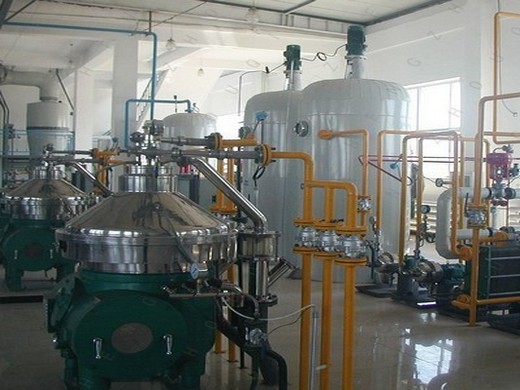
Argentina's shale oil production growth pushes up refinery
Vaca Muerta is leading a recovery in the country's oil production, which rose 4.2% to 505,651 b/d in May from 485,165 b/d a year earlier, according to the latest data from the Energy Secretariat. The play's output has been offsetting declines in conventional oil production, making it possible to reduce crude imports and now to step up run rates in refineries.
GET PRICE
OIL REFINERY PROCESSES
• Crude oil distillation is more complicated than product distillation, in part because crude oils contain water, salts, and suspended solids. • Step 1 in the refining process is to remove these contaminants so as to reduce corrosion, plugging, and fouling of equipment and to prevent poisoning catalysts in processing units.
GET PRICE
Practical Guide to Vegetable Oil Processing | ScienceDirect
Degumming of crude vegetable oil is the very first step in the refining process. The object is to remove or reduce the levels of the phospholipids (gums) present in the crude oil. Presence of high levels of phospholipids in the refining oil is undesirable for various reasons as described in this book.
GET PRICE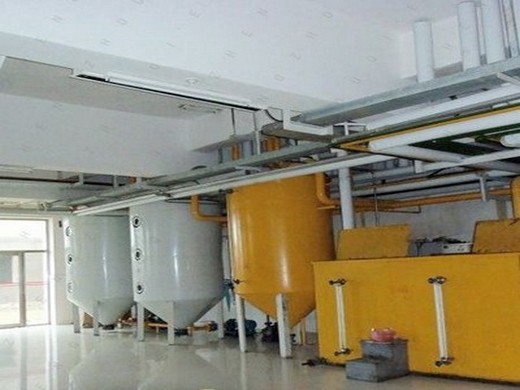
What is the vegetable oil refining process?
Acid Oil Plant :-. Next step in Edible Oil Refinery is the Acid Oil Plant. Muez-Hest has designed an Environmental Friendly process for Acid Oil Plant and acid oil obtain from soap stock which coming from Alkali Refining of Oils and Fats etc. Soap Stock contain wash water, Bad quality of recovered oil.
GET PRICE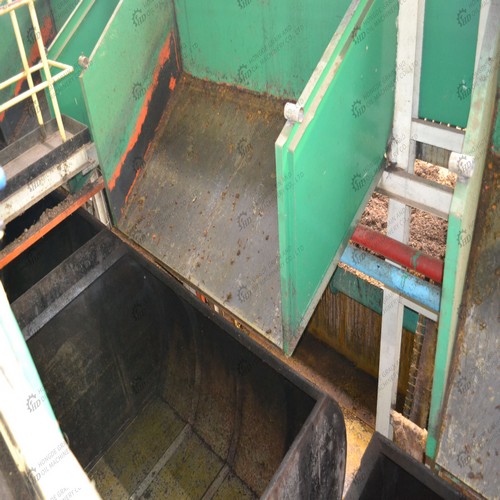
Oil refinery
An oil refinery or petroleum refinery is an industrial process plant where crude oil is transformed and refined into more useful products such as petroleum naphtha, gasoline, diesel fuel, asphalt base, heating oil, kerosene, liquefied petroleum gas, jet fuel and fuel oils. Petrochemicals feed stock like ethylene and propylene can also be produced directly by cracking crude oil without the need of using refined products of crude oil such as naphtha. Oil refineries are typically large, sprawling i
GET PRICE
Oil refinery - Energy Education
Refining Steps. The process of oil refining separates this thick, crude oil into different useful substances in an oil refinery through a number of steps: Fractional Distillation: Crude oil enters the refinery through a series of pumps and first stops at a heater. In this heater, the crude oil is heated to around 370°C.
GET PRICE
Refinery | Oil and Gas Downstream Refinery | Howden
Dewaxing is a process used in the production of lube oil and carried out using a solvent based or catalytic method. Catalytic dewaxing involves cracking of n-paraffins and compressed hydrogen is used to prevent coking.
GET PRICE
Chapter 5 : Processing and refining edible oils
After autoclaving, tissues of fish are pressed and the oil/water suspension is passed through centrifuges to separate the oil. Oil Refining. Refining produces an edible oil with characteristics that consumers desire such as bland flavour and odour, clear appearance, light colour, stability to oxidation and suitability for frying.
GET PRICE
Heavy Crude Processing - World Petroleum Council
• Current global oil production is about 82 MMbpsd, 75% of it is conventional crude oil. • Total estimated reserves of conventional oil of top 17 producers is 1.2 trillion bbls. • At the current oil production rate, the balance life of the conventional crude oil reserves is nearly 54 years.
GET PRICE
Steps Involved in Rapeseed Oil Production
The production of rapeseed oil is the most important in the oil industry; by utilizing the seeds a company or a person is able to get well refined oil that has to go certain steps in order to suit the market. The process involves extraction of oil from the seeds. Rapeseed Oil Production Process
GET PRICE
Practical Guide to Vegetable Oil Processing | ScienceDirect
Degumming of crude vegetable oil is the very first step in the refining process. The object is to remove or reduce the levels of the phospholipids (gums) present in the crude oil. Presence of high levels of phospholipids in the refining oil is undesirable for various reasons as described in this book.
GET PRICE
How does crude oil refining work?
A refinery gets crude oil through pipelines, trucks, ships, or rail. Crude oil is converted to a refined product in a series of steps which include distillation, cracking, de-metallisation, de-sulphurisation, de-oxygenation, de-aromatisation among...
GET PRICE
AN INTRODUCTION TO PETROLEUM REFINING AND THE PRODUCTION
crude oil to the surface; moving crude oil from oil fields to storage facilities and then to refineries; moving refined products from refinery to terminals and end-use locations, etc.). Refining adds value by converting crude oil (which in itself has little end-use value) into a range of refined products, including transportation fuels.
GET PRICE
Sunflower Oil Production Line for Sunflower Oil Plant
The steps of sunflower oil refining are basically the same as those of other vegetable oils, including degumming, alkali refining, decolorization, deodorization, and dewaxing. The refined product is not only light in color, but also has high nutritional value and good taste. It is a good edible oil.
GET PRICE
Refining | Student Energy
Refining is an industrial process whereby crude oil undergoes various chemical processes to convert it into products such as gasoline, diesel fuel, asphalt base, heating oil, kerosene and liquefied petroleum gas. REFINING. Oil refineries are industrial facilities that convert crude oil into different useable products.
GET PRICE
Refinery news roundup: Middle East set for Q1 turnarounds
The refinery currently produces 4 million l/d (1.416 million mt/year) of fuel oil, which is primarily used as a feedstock for tar, production of which amounts to around 1.2 million l/d. Around 2022, the refinery is expected to reduce fuel oil, or mazut, production from around 25% of product output to below 5%.
GET PRICE
China's oil refining overcapacity set to overwhelm
"The share of the Bohai Bay Rim in total Chinese refining capacity is about 43%, and will increase to 48% in 2024, compared to the US Gulf Coast's 49%," the IEA wrote, adding that the region is 75% dependent on imported crude oil, which further drives trade flows, storage and blending businesses.
GET PRICE
Oil - The Second Industrial Revolution (1870 -1919)
From 1889 through 1914, however, crude oil production increased over 7.5 times compared with a growth of 3.3 times in the output of fuels and 2.9 times in the output of minerals. Output of refined products expanded even more rapidly than output of crude oil did, reaching a total in 1914 some 138 times larger than production in 1865.
GET PRICE
What are the main impurities in crude oil? What are its
Crude oil generally contains salt and water, which can cause corrosion of equipment. Therefore, before entering atmospheric vacuum pressure, crude oil should be desalinated and dehydratedfirst. In addition, a large amount of gas will be generated during the heating of the crude oil. And explosion accidents will occur if it is not treated in time.
GET PRICE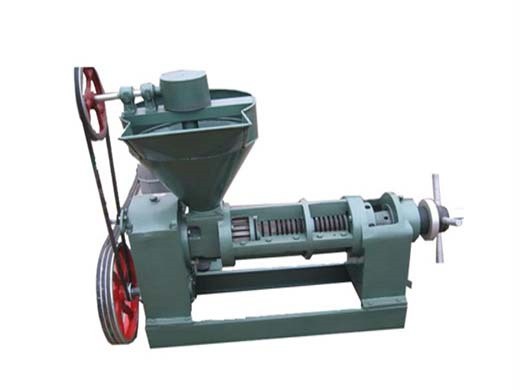
AN INTRODUCTION TO PETROLEUM REFINING AND THE PRODUCTION
crude oil to the surface; moving crude oil from oil fields to storage facilities and then to refineries; moving refined products from refinery to terminals and end-use locations, etc.). Refining adds value by converting crude oil (which in itself has little end-use value) into a range of refined products, including transportation fuels.
GET PRICE
CHS Inc. - Energy - Refinery Supply - Home
We issue checks on the 18th of the following production month, with a $50 minimum requirement. For example, if we picked up oil from your lease in January, we would issue your check on the 18th of February. We also issue checks once per year for interest payments under $50 with a $5 minimum requirement. For more information, please call 620-241 ...
GET PRICE










